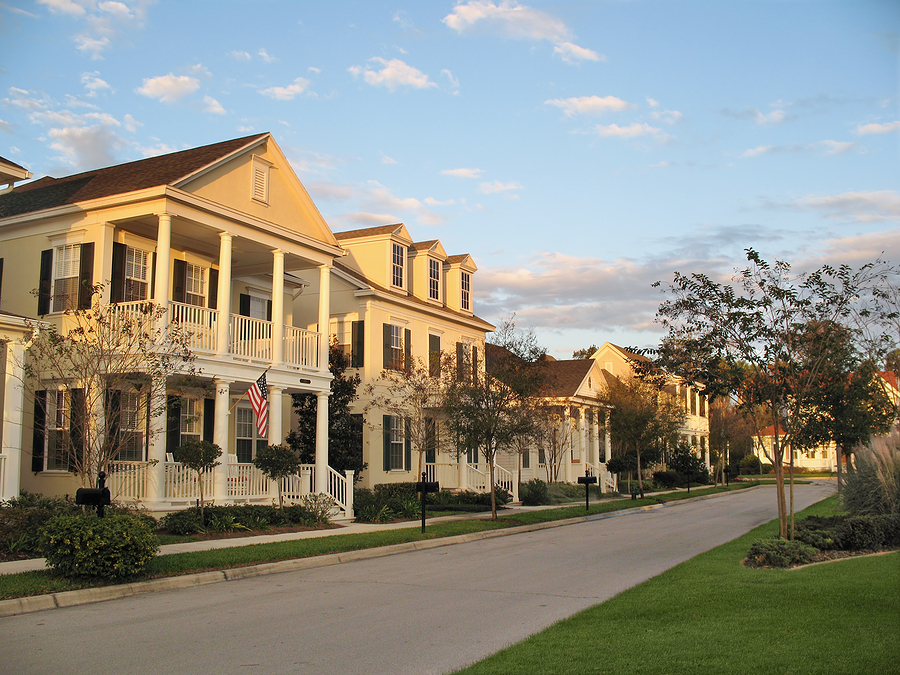How Hard Money Is Fueling America’s Small-Town Revival (And Why Investors Should Take Notice)
July 3, 2025
The quiet hum of nail guns, the smell of sawdust, and the return of “Open” signs in once-forgotten downtown windows, this is the new soundtrack of small-town America. But behind the visible revitalization of rural Main Streets is something less visible but just as powerful: hard money lending.
While hard money loans have long been associated with fix-and-flips in big cities or fast-turnaround real estate plays in hot urban markets, a quiet revolution is underway. More and more investors are tapping into the flexibility of hard money to fund opportunities in America’s overlooked ZIP codes: small towns, rural counties, and working-class neighborhoods where banks are reluctant to tread.
Why Small Towns Are the Next Big Thing for Real Estate Investors
A post-pandemic migration, skyrocketing urban prices, and remote work have pushed families, retirees, and entrepreneurs into more affordable, livable places. As a result, smaller communities across Texas, Tennessee, North Carolina, and the Midwest are seeing population growth for the first time in decades.
But opportunity often arrives before infrastructure. In many cases, housing stock is outdated, commercial buildings sit unused, and traditional financing is stuck in bureaucratic slow motion. That’s where savvy investors and hard money come in.
Hard Money’s Small-Town Superpower: Speed and Simplicity
Let’s be honest: banks aren’t built for agility. Especially not in rural lending. Between their strict underwriting requirements, lengthy appraisal timelines, and risk-averse boards, conventional lenders often pass on promising properties simply because they don’t understand the market or they’re just not interested in dealing with small deals in small towns.
Hard money lenders, however, look at one thing: the asset.
If the numbers make sense, the money moves.
That speed and simplicity can be the difference between securing the historic duplex on Main Street that’s been sitting empty for 12 years or losing it to another investor.
Real-world example:
A husband-and-wife investor duo in rural Arkansas recently used a hard money loan to buy and renovate a fourplex for $190,000. All cash, in 14 days. Local banks required 25% down, full income documentation, and had a 45-day close. The property now cash flows $1,800 per month. That’s small-town gold.
Small Towns, Big Margins
Contrary to belief, small towns often offer higher ROI for rental properties than big cities. Lower purchase prices, low property taxes, and less competition mean you can get into deals with far less capital and often make more per dollar invested.
Hard money unlocks these plays.
Fix-and-rent strategies thrive here.
BRRRR methods (Buy, Rehab, Rent, Refinance, Repeat) are often easier with local tenants and less red tape.
And even short-term rentals in small towns near lakes, parks, or festivals are gaining steam.
Community Impact with Capital Returns
There’s a story here that goes beyond dollars. Hard money is not just fueling profits. It’s fueling change. Every abandoned home turned rental, every boarded-up storefront turned coffee shop, every converted barn turned wedding venue is part of a larger narrative: economic resurrection.
Hard money lenders, once seen as opportunists, are increasingly acting as accelerators of renewal. And investors who think beyond the skyscrapers and condos are discovering that the heartland has plenty of heartbeat and upside.
What to Look For If You’re an Investor
If you’re thinking of leveraging hard money to break into small-town markets, here are a few smart filters:
-
Population growth over 5 years. Even a 2 to 3 percent uptick is a strong indicator in rural areas.
-
Proximity to outdoor amenities. Lakes, trails, historic districts, festivals.
-
Tight rental inventory. Call local property managers and ask about vacancy rates.
-
Distressed properties under $150,000. Often ignored by conventional buyers but perfect for hard money-backed flips or rentals.
Final Thought: This Isn’t a Fad. It’s a Reset.
The age of urban exodus is no longer theoretical. It’s measurable. And while big institutional money floods cities and suburbs, individual investors with vision and access to hard money are quietly transforming the towns most people forgot about.
They’re not just chasing yield. They’re rebuilding roots.
So if you’re an investor tired of bidding wars, overpriced metros, and red tape, you might want to take a different route. Drive an hour outside the city. Look for the “For Sale By Owner” signs on overgrown lawns. The ones the banks won’t touch.
Then pick up the phone, call a hard money lender, and make your offer.
Because the next boom isn’t just coming. It may already be parked on a quiet street with peeling paint and a whole lot of potential.


